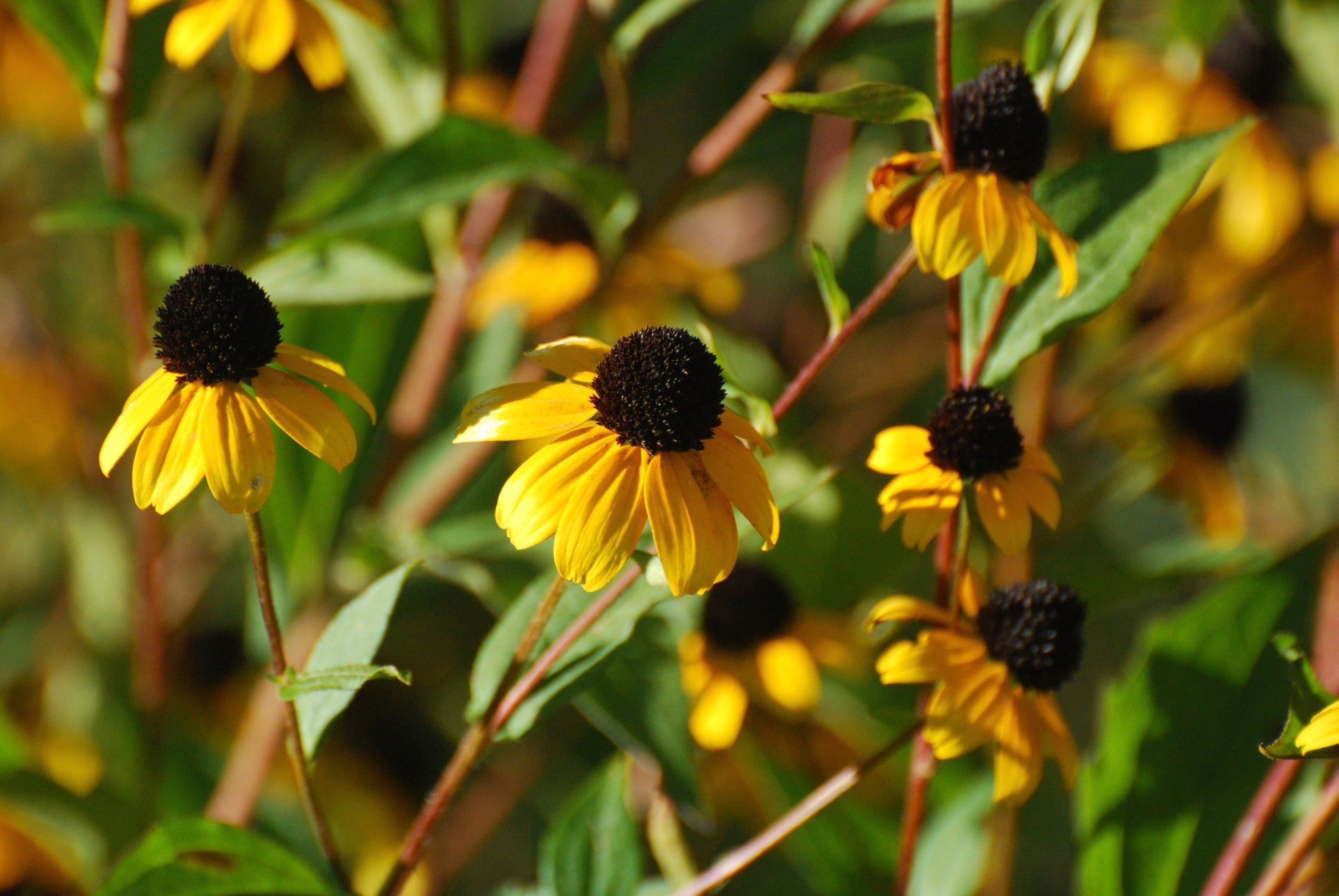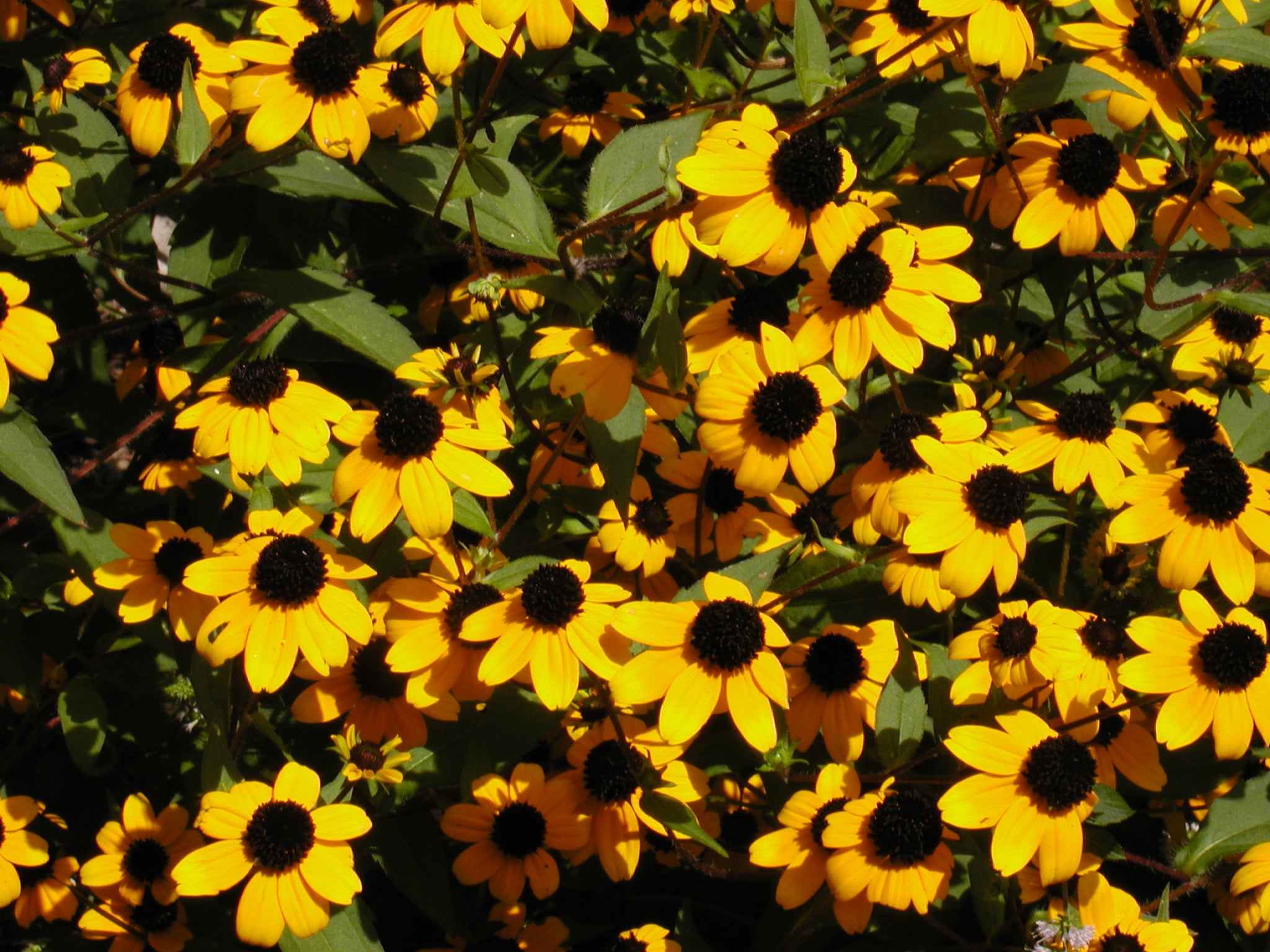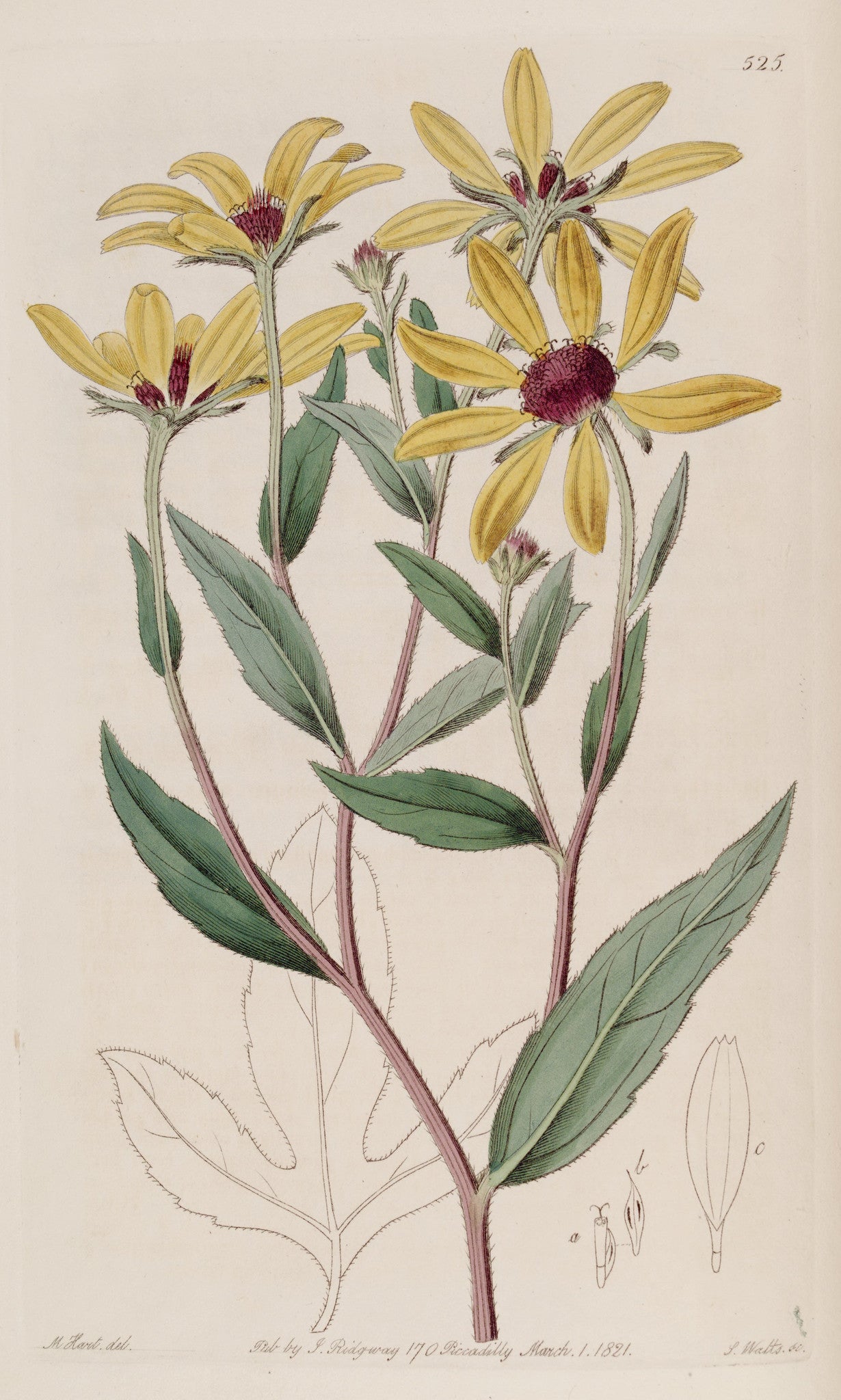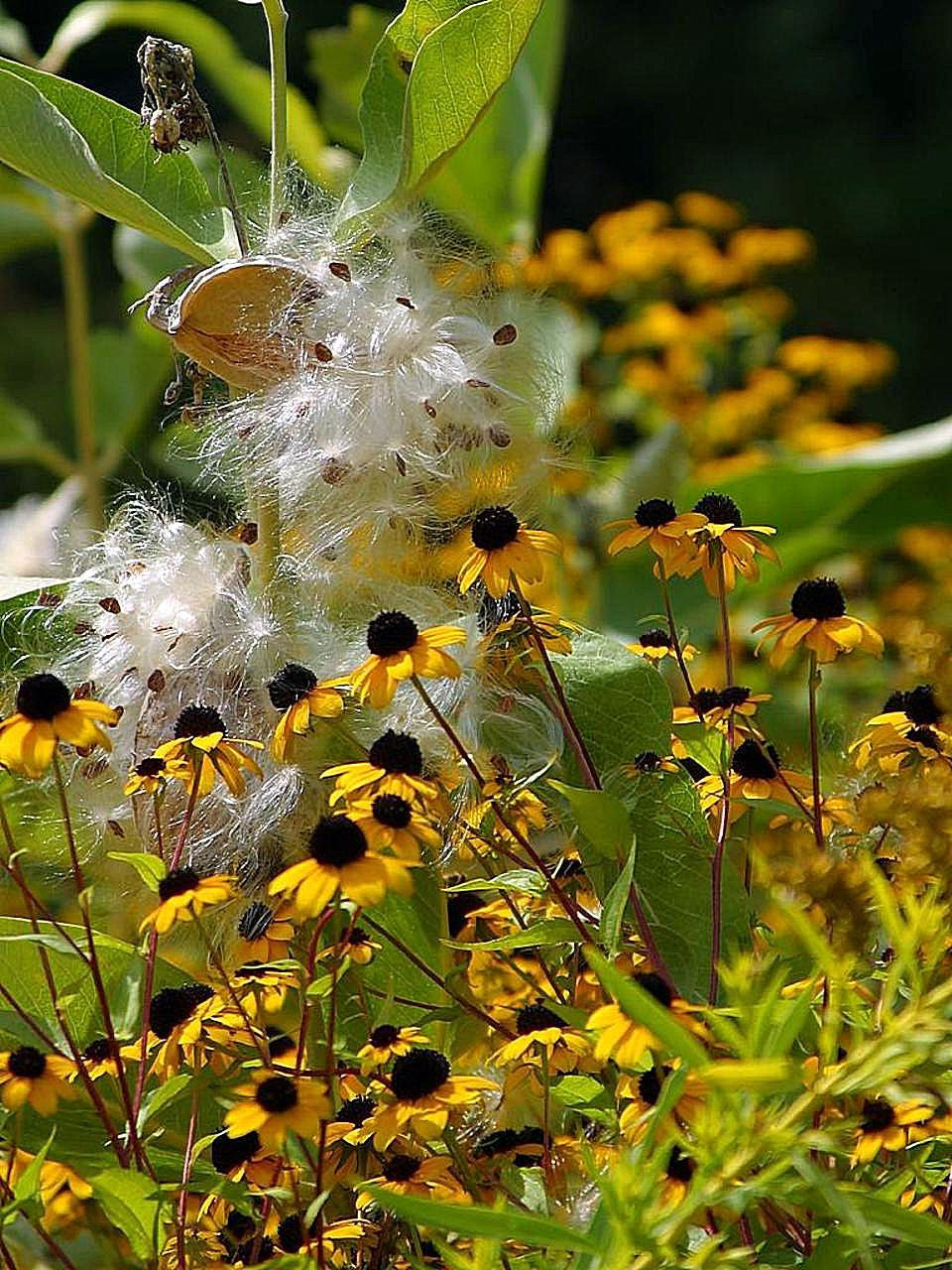Rudbeckia triloba
Approx. 0.5 litre pot
About this cultivar:
Rudbeckia triloba, sometimes known as brown eyed susan or the three-leaved coneflower, gets its botanical name from trilobus which means three lobed (The basal leaves are often trifoliate).
Unusually for us it is a herbaceous biennial to weak perennial. We normally don’t sell anything that isn’t a strong perennial but because this one is so floriferous we make an exception. Native to central-eastern United States it is easy to grow. Deadhead spent flowers to encourage additional bloom and/or to prevent any unwanted self-seeding. This plant is in part distinguished from black-eyed Susan by having a more profuse bloom of smaller flowers that usually have fewer rays per flowerhead.
- Position: Full sun, partial shade
- Soil: Almost any soil, grows well in Ballyrobert
- Flowers: August, September, October
- Other features: --
- Hardiness: Fully hardy, grows well in Ballyrobert
- Habit: Clump forming
- Foliage: Deciduous
- Height: 60 - 90 cm (2 - 3 ft)
- Spread: 45 - 75 cm (1.5 - 2.5 ft)
- Time to full growth: 2 to 5 years
- Plant type: Herbaceous Perennial
- Colour: Green, black, yellow
- Goes well with: --
About this genus:
Rudbeckia (rood-bek-e-a) is a plant genus in the sunflower family (Asteraceae). The species are commonly called coneflowers and black-eyed-susans; all are native to North America and many species are cultivated in gardens for their showy daisy-like yellow or gold flower heads, some are even red or brown.
The name was given by Carolus Linnaeus in honor of his teacher at Uppsala University, Professor Olof Rudbeck the Younger (1660-1740), and his father Professor Olof Rudbeck the Elder (1630-1702), both of whom were botanists. Rudbeckia is one of at least four genera within the flowering plant family Asteraceae whose members are commonly known as coneflowers; the others are Echinacea, Dracopis and Ratibida.
Rudbeckia is a tough summer-flowering perennial grows almost anywhere that isn't full shade or a pond. It is a tough, low maintenance plant which makes it perfect for wet gardens. Where happy, Rudbeckia spreads into a slowly widening clump that gets more floriferous each year. Rudbeckia flowers attract butterflies and the seed heads are a favorite of goldfinches; and they look great in the autumn when the petals fall off.
As for partners, obvious ideas are grasses and other plants int he sunflower family (Asters, sunflowers etc). Try against dark backgrounds. Anyway, I think these look great anywhere.










